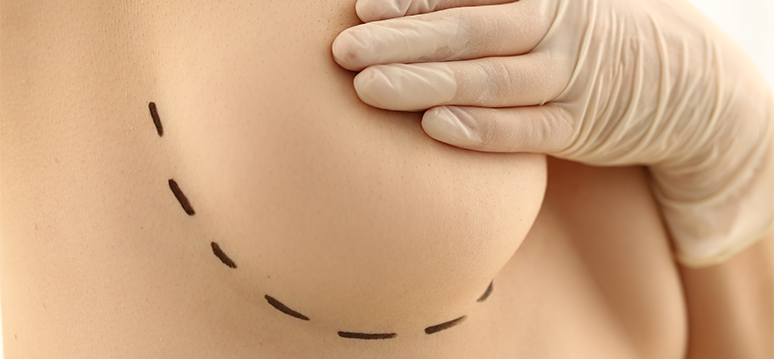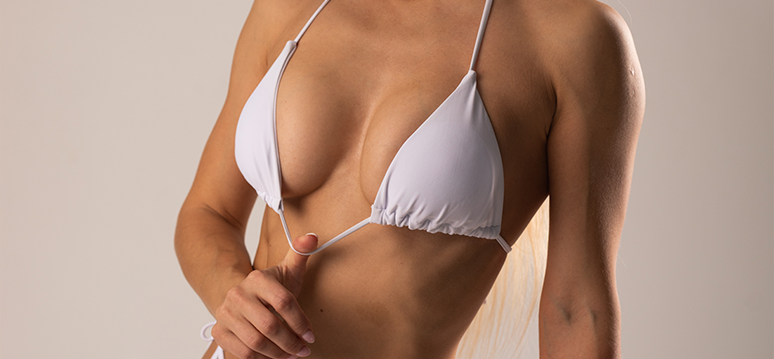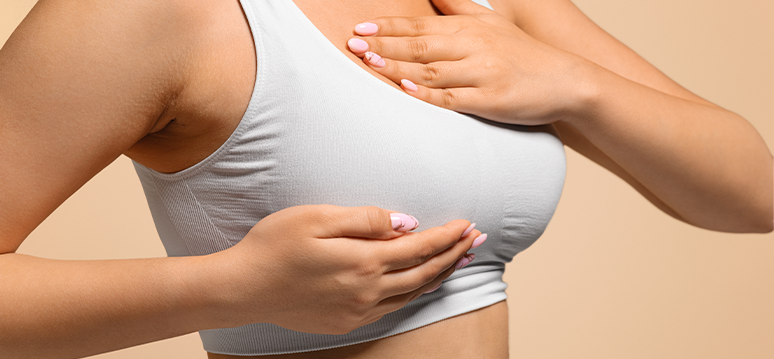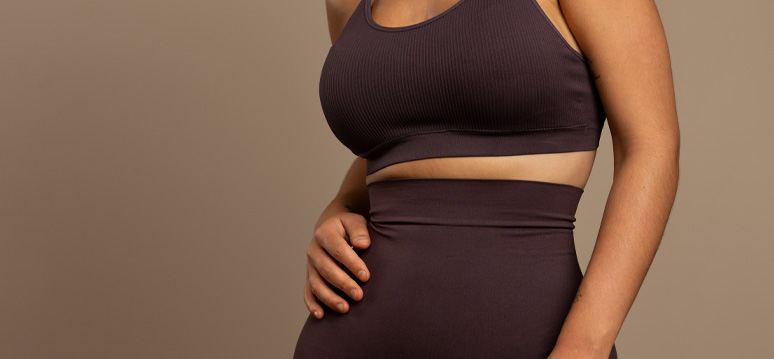Breast reduction surgery, a procedure designed to reduce breast size and alleviate associated discomfort, can significantly improve a woman’s quality of life. However, it’s important to acknowledge that like any surgical procedure, it leaves behind scars. While these scars are a natural part of the healing process, many women seek ways to minimize their appearance and accelerate their healing. In this comprehensive guide, we’ll delve into the intricacies of breast reduction scars, exploring treatment options, healing tips, and techniques for improvement.
Understanding Breast Reduction Scars
Breast reduction scars typically vary in length and location, depending on the surgical technique employed. Common scar patterns include:
- Anchor scar: This is the most common type, forming a T-shape around the areola and down the breast. It’s suitable for women who need significant breast reduction and lifting. The vertical scar typically follows the natural crease under the breast, while the horizontal scar encircles the areola.
- Inverted T scar: Similar to an anchor scar but with a shorter vertical incision. This technique is used for moderate breast reduction and lifting. The vertical scar is shorter and may not extend all the way to the breast crease.
- Keyhole scar: A less noticeable scar that involves a smaller incision around the areola. This technique is suitable for smaller reductions and minimal lifting. The scar is concentrated around the areola and the vertical incision is shorter.
The Healing Process
The healing process for breast reduction scars is gradual and can take several months. Here’s a general timeline:
- Initial Healing (1-2 weeks): The incisions are closed, and the initial healing begins.
- Scar Formation (2-6 months): The body produces collagen to repair the damaged tissue, leading to scar formation.
- Maturation (6 months-1 year): The scars mature and gradually fade, becoming less noticeable.
Treatment Options for Breast Reduction Scars
While scars are a natural part of the healing process, several treatments can help minimize their appearance:
- Time and Patience: As mentioned, scars naturally fade over time. Patience is key.
- Silicone Scar Sheets: These sheets can help flatten and soften scars, reducing their visibility.
- Laser Therapy: Laser treatments can stimulate collagen production and improve skin texture.
- Microneedling: This minimally invasive procedure involves creating tiny punctures in the skin to stimulate collagen production.
- Surgical Revision: In some cases, surgical revision may be necessary to refine the scar’s appearance.
Tips for Optimal Scar Healing
- Follow Post-Operative Instructions: Adhere to your surgeon’s recommendations for wound care, medication, and activity restrictions.
- Protect Scars from Sun Exposure: Excessive sun exposure can darken scars. Use sunscreen with a high SPF to protect them.
- Hydrate Your Skin: Keep your skin well-moisturized to promote healing and prevent dryness.
- Avoid Smoking: Smoking can hinder the healing process and lead to poorer scar outcomes.
- Massage Scars Gently: Gentle massage can help soften and improve the appearance of scars.
Consulting with Memorial Plastic Surgery
If you’re concerned about breast reduction scars or seeking guidance on treatment options, consult with the experts at Memorial Plastic Surgery. Our leading plastic surgeons Dr. Patrick Hsu, Dr. Kendall Roehl, and Dr. Vasileios Vasilakis, along with our staff, have successfully performed hundreds of breast reduction surgeries. They can provide personalized advice and recommend the most suitable approach for your specific needs.
Conclusion
While breast reduction scars are a natural consequence of the surgery, understanding the healing process and exploring treatment options can help minimize their impact. By following post-operative instructions, protecting scars from the sun, and considering additional treatments, you can achieve the best possible outcome. Remember, patience is key, and with time, your scars will gradually fade. Schedule a consultation today to know more about breast reduction scars.












